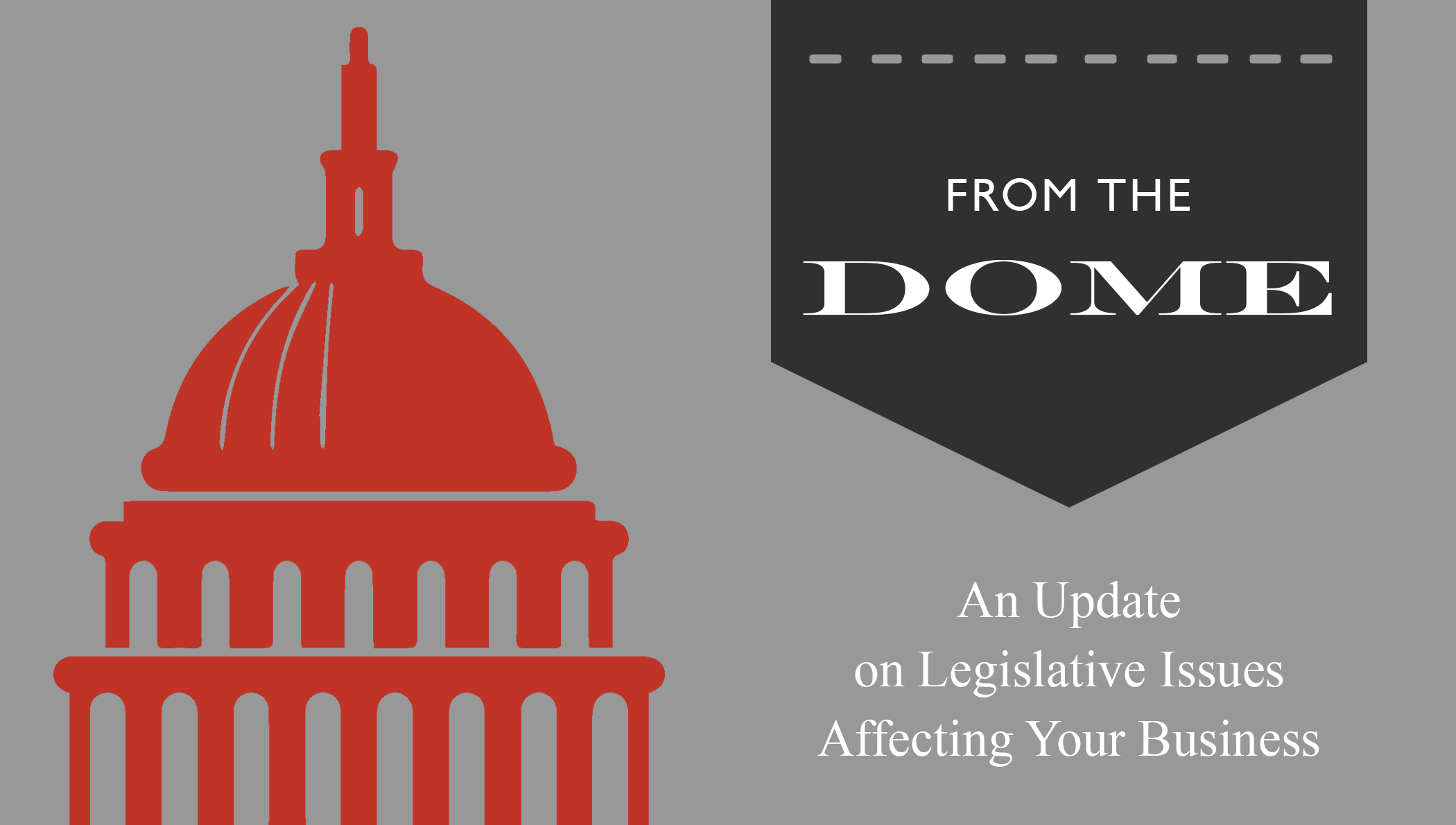 Businesses in our area over the past two years have been targeted with abusive lawsuits alleging accessibility violations. To help businesses prevent these lawsuits, Greater Mankato Growth provided resources like self audits to promote compliance with the law. We also partnered with the Minnesota Chamber of Commerce to enact new legislation this session that will provide some new protections for businesses.
Businesses in our area over the past two years have been targeted with abusive lawsuits alleging accessibility violations. To help businesses prevent these lawsuits, Greater Mankato Growth provided resources like self audits to promote compliance with the law. We also partnered with the Minnesota Chamber of Commerce to enact new legislation this session that will provide some new protections for businesses.
Thanks to Kevin Velasquez, an attorney with Blethen, Gage & Krause in Mankato, for authoring the following guest column providing details on the new law. You may also want to contact an attorney specializing in business law for further advice and counsel. You can find a list of our Greater Mankato law firms here.
Guest Column by Kevin Velasquez
Minnesota businesses throughout the state, and in particular in Greater Mankato, have recently found themselves named as defendants in accessibility-related lawsuits. The lawsuits have alleged violations of the Minnesota Humans Rights Act, in addition to the Americans with Disabilities Act, typically due to issues with reserved accessible parking spaces. Many lawsuits alleged the lack of a vertical sign, an insufficient number of spaces, or a non-compliant access aisle (each reserved accessible parking space should be adjacent to an eight-foot wide access aisle with a “no parking” designation).
Largely in response to these lawsuits, bills were introduced in both houses of the Minnesota legislature, with the support of local legislators, including co-author Senator Kathy Sheran, to try to ensure that the focus of these claims would be on making businesses more accessible. The House and Senate bills, after some modifications, passed with an overwhelming majority. On May 22, 2016, Governor Mark Dayton signed these changes to the Minnesota Human Rights Act into law, as Chapter 159, HF2955. The new law makes two changes that are designed to increase accessibility, while reducing the number of lawsuits.
The first part of the law is designed to make it easier for a person to notify a business of accessibility issues without bringing a lawsuit, or perhaps even without the need to hire an attorney. The statute provides a short form for a letter that can be provided to a business owner that is believed to have an accessibility issue. The letter includes the specific information a business would need to evaluate the claim, including, most importantly, the details of the specific barrier perceived to exist. With this information, the business will now be in a position to resolve the access issue quickly, without the need to pay an attorney (or reducing the amount an attorney would charge to draft the letter).
Although the short form letter would make it easier to advise businesses of accessibility issues, the law does not require that the letter be sent before starting a lawsuit. However, if a person does choose to start with a lawsuit, the second part of the law provides a business with new “affirmative defenses.” If a business can show that the alleged architectural barrier has been removed, the lawsuit will be dismissed.
Before the change, many lawsuits alleged that the Minnesota Human Rights Act permitted the plaintiff to recover damages from the business, required the business to pay a civil fine to the State of Minnesota, subjected the business to a misdemeanor criminal offense, and that the existence of the barrier qualified as a bias offense (Minnesota’s hate crime statute). These claims were of questionable legal merit – the Minnesota Human Rights Act does not allow recovery of damages for building code violations, including violations of the Minnesota Accessibility Code. In addition, courts have not been inclined to treat an architectural barrier as bias offense in the absence of a specific intent to discriminate.
The affirmative defense removes any uncertainty where the alleged access issue is fixed. Now, a business will not be subjected to damages, civil penalties, or be hit with penalties and potential criminal sanctions for a bias offense in a lawsuit. For example, if a lawsuit is filed alleging that the business needs signs to mark its reserved accessible parking spaces, the court can dismiss the case at the defendant’s request if the business can simply show that it has installed the sign.
Hopefully, the effect of these changes will be to provide a more streamlined mechanism and an incentive for a person concerned with an accessibility issue to address the issue directly with the business.




